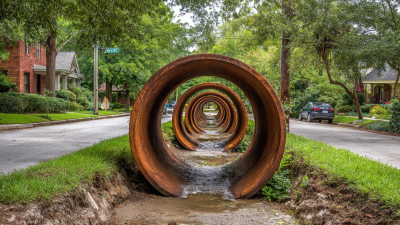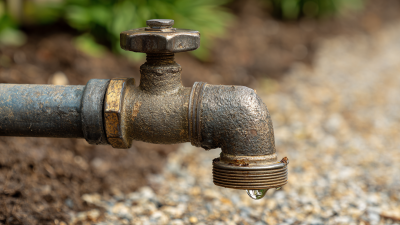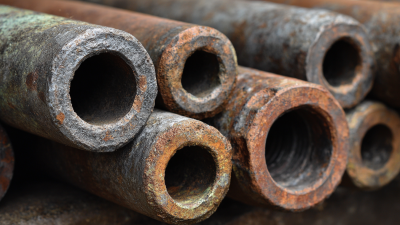
Made in America
Get Connected With



Email Us
sale@abrvpartsacc.com
Call Us
+1 (626) 448-2100
Made in America
Get Connected With




As urban areas continue to expand, the management of storm water has become a pressing issue, with significant implications for public safety, infrastructure durability, and environmental quality. Storm water pipes play a crucial role in controlling surface runoff and mitigating urban flooding. According to the U.S. Environmental Protection Agency, stormwater management practices can reduce peak flows by 25-50%, illustrating the vital function that these systems serve in flood prevention. Furthermore, the American Society of Civil Engineers has highlighted that aging storm water infrastructure in many cities contributes to overflow events, leading to an estimated $5 billion per year in economic losses. Understanding the various types of storm water pipes, their materials, and design specifications is essential for engineers and city planners to develop effective solutions to urban flood management challenges. By addressing these issues through improved infrastructure and innovative technologies, urban areas can enhance resilience against the growing threats posed by stormwater runoff and climate change.
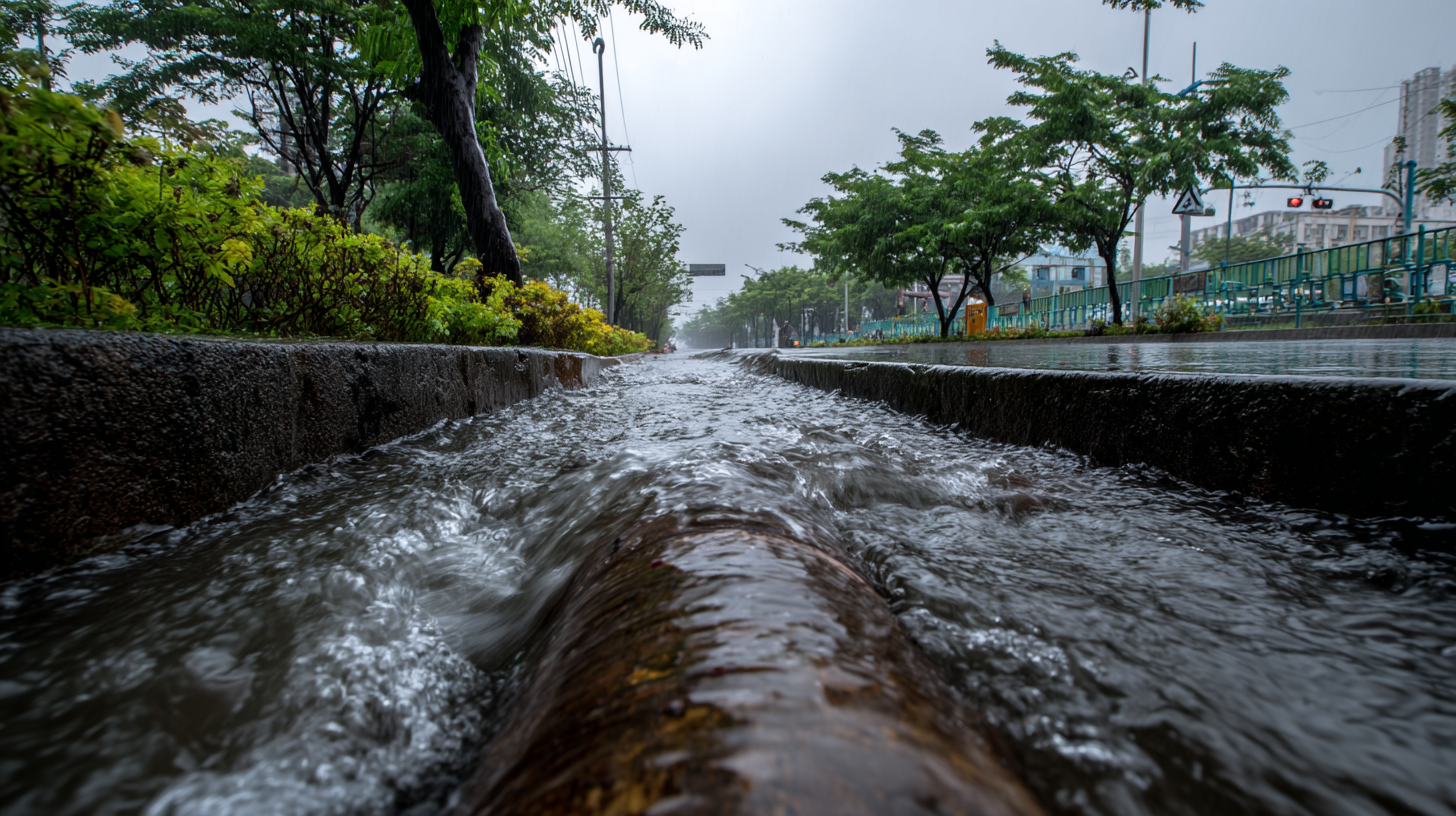
Stormwater pipes are essential components of urban flood management systems, particularly in cities facing increased rainfall and runoff due to climate change. A recent study employing a 1D-2D GAST-SWMM model in Pucheng County highlights the complexity of urban flooding mechanisms, emphasizing the need for advanced infrastructure to combat waterlogging.
Urban drainage systems, which include stormwater pipes, are often vulnerable and can become overwhelmed, leading to widespread flooding. For instance, Canadian cities are currently grappling with old drainage systems that fail to manage rising flood risks effectively, necessitating investments in new stormwater infrastructure.
In response to these challenges, innovative approaches such as Model Predictive Control (MPC) are being integrated into stormwater system designs to enhance management efficiency. This cost-effective strategy allows cities to optimize their drainage responses during heavy rainfall, potentially reducing the economic impacts of flooding. Furthermore, the push toward “sponge city” designs - which utilize green infrastructure to absorb and slow runoff - represents a paradigm shift in urban planning. By understanding the pivotal role of stormwater pipes and innovative management techniques, cities can better prepare for the increasing unpredictability of urban flooding.
Effective storm water management is crucial for urban areas, particularly as climate change increases the frequency and intensity of extreme weather events. A well-designed storm water system should incorporate key components such as retention basins, permeable pavements, and green roofs. Retention basins play a significant role by capturing runoff and allowing for sedimentation, which improves water quality. According to the U.S. Environmental Protection Agency (EPA), green infrastructure strategies can reduce storm water runoff by up to 65%, illustrating their effectiveness in urban environments.
Permeable pavements are another essential element, facilitating the natural absorption of rainwater into the ground rather than directing it to drainage systems. A report by the National Academies of Sciences, Engineering, and Medicine suggests that permeable surfaces can enhance groundwater recharge rates by 50%, significantly benefiting local ecosystems. Moreover, integrating green roofs not only helps in managing storm water but also contributes to energy efficiency by insulating buildings. Research indicates that green roofs can reduce runoff volumes by approximately 40%, evidencing their dual function in urban planning and flood mitigation strategies.
The advancement of innovative technologies plays a crucial role in enhancing the efficiency of stormwater pipe systems, especially in urban areas prone to flooding. By leveraging smart sensor technologies and data analytics, municipalities can monitor real-time performance and detect potential failures in the pipeline infrastructure. This proactive approach not only optimizes maintenance schedules but also significantly reduces operational costs associated with manual inspections and emergency repairs.
Furthermore, the integration of sustainable materials and installation methodologies is paving the way for more resilient stormwater management systems. Innovations such as permeable pipes and modular designs allow for better water absorption and reduced surface runoff, mitigating the risk of urban flooding. As cities continue to grow and face challenges posed by climate change, these essential solutions in stormwater pipe technology will be fundamental in building agile and resilient urban infrastructures, ensuring not only the safety of communities but also the efficiency of water resource management.
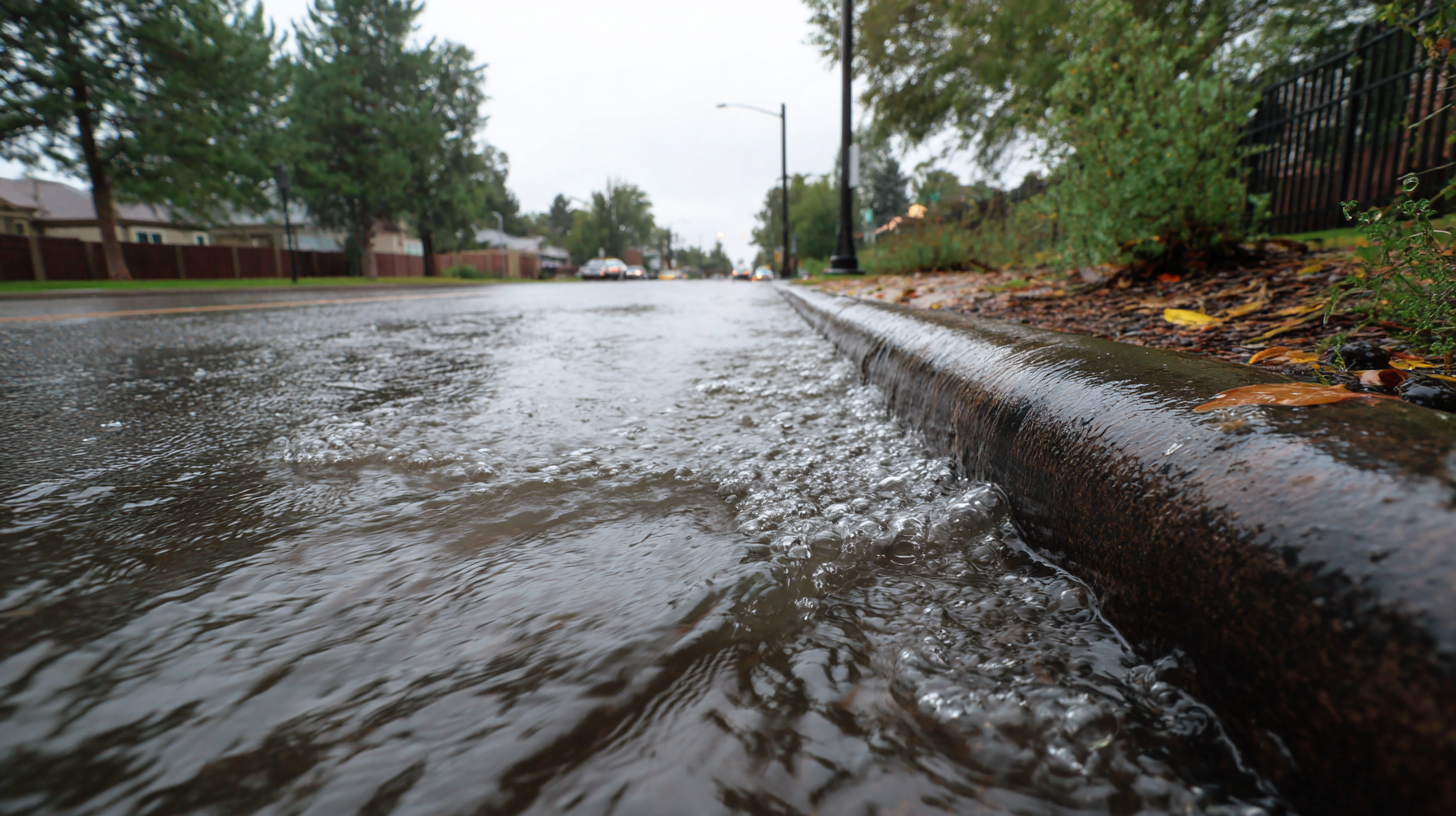
Urban areas face significant challenges with storm water management, making the maintenance and inspection of storm water pipes crucial. Regular upkeep of these pipes can prevent blockages that lead to flooding, property damage, and public health hazards. Best practices involve scheduled inspections to identify issues early, such as cracks, corrosion, or sediment build-up. Utilizing video inspection technology allows for thorough assessments without the need for excavation, providing crucial insights into the pipe's condition.
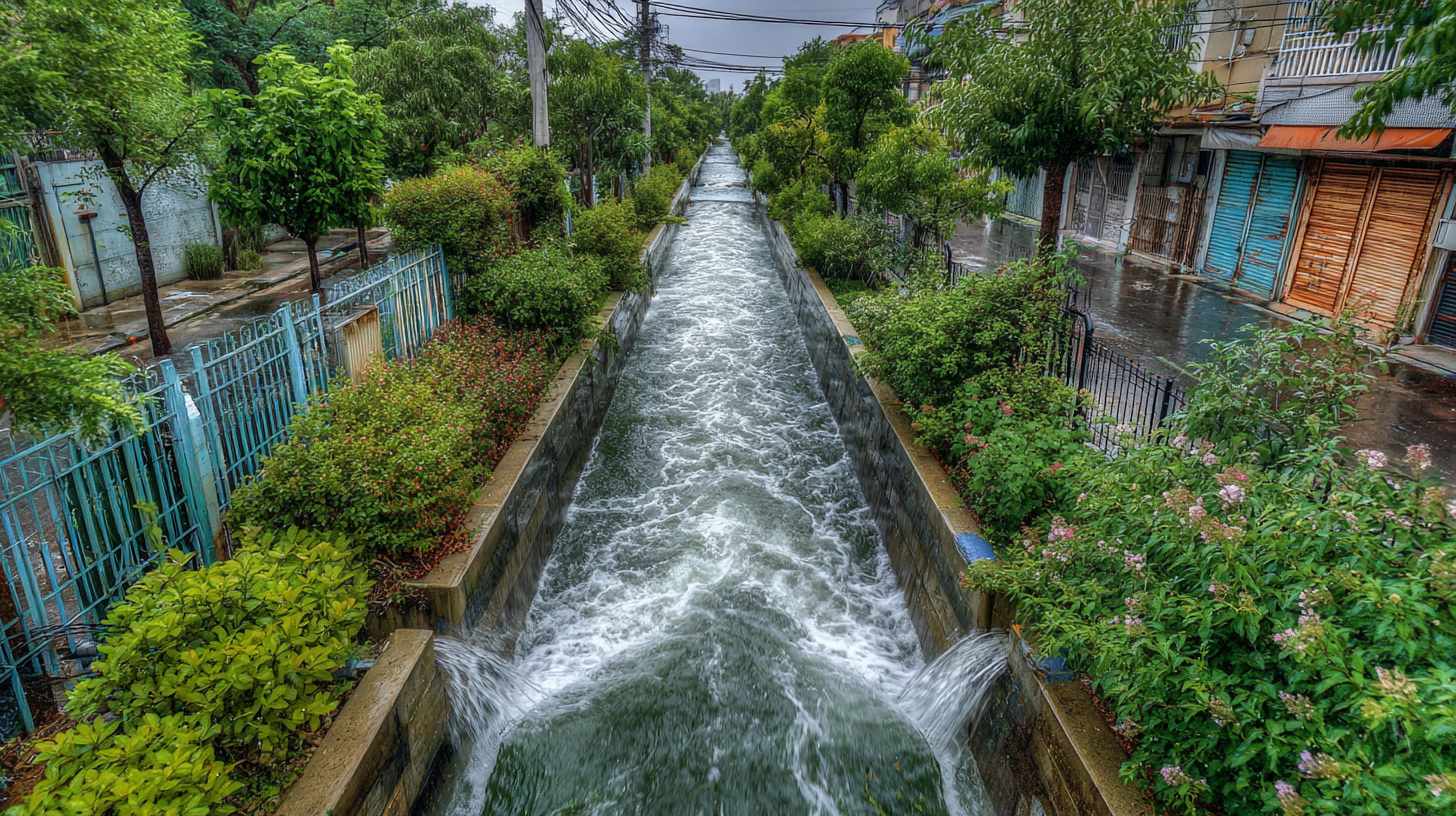
Tips for Effective Maintenance:
1. Establish a routine inspection schedule, ideally twice a year, focusing on areas
known for congestion or previous flooding incidents.
2. Employ flow monitoring systems to detect changes in water levels that may indicate
blockages or impending failures.
In addition to inspections, it's essential to maintain clear surrounding areas. Debris removal and vegetation management can drastically improve the efficiency of storm water pipes. Educating the community on appropriate waste disposal also plays a vital role in minimizing clogs. Keeping catch basins and gutters clear can significantly enhance the overall performance of urban drainage systems.
Integrating green infrastructure with traditional stormwater systems is essential for effective urban flood management. As cities face increased rainfall intensity due to climate change, relying solely on conventional pipes and drainage can be inadequate. According to the American Society of Civil Engineers (ASCE), in 2021, over 50% of the nation’s urban waterways were in poor to fair condition, largely attributed to aging infrastructure and increased runoff. By incorporating green roofs, rain gardens, and permeable pavements, cities can significantly reduce runoff, allowing more water to be absorbed naturally.
Tip: When designing urban spaces, consider prioritizing green elements that can capture and manage stormwater. This not only aids in flood control but also enhances biodiversity and community aesthetics. Research from the EPA shows that green infrastructure can reduce runoff by up to 80% in some scenarios.
Implementing these innovations alongside traditional systems enhances resilience. For instance, combining bioretention areas with existing sewer systems can mitigate overflow risks during heavy rains. According to the National Oceanic and Atmospheric Administration (NOAA), cities that blend green and grey infrastructures can expect a 30% reduction in peak flow rates, significantly lowering flooding potential.
Tip: Engage with local stakeholders to ensure that green infrastructure solutions are tailored to the specific needs of the community, considering both ecological benefits and social impact. Collaboration can foster innovative approaches to urban design that prioritize sustainable water management.
| Dimension | Traditional Systems | Green Infrastructure | Benefits |
|---|---|---|---|
| Pipe Material | PVC, Concrete | Permeable Pavers, Bioswales | Durability, Cost-effectiveness |
| Maintenance Frequency | Annual | Bi-annual | Lower cost over time |
| Flood Mitigation Capacity | Standard | Enhanced | Reduces urban flooding |
| Environmental Impact | Higher | Lower | Improves biodiversity |
| Cost of Implementation | High | Moderate | Long-term savings |


